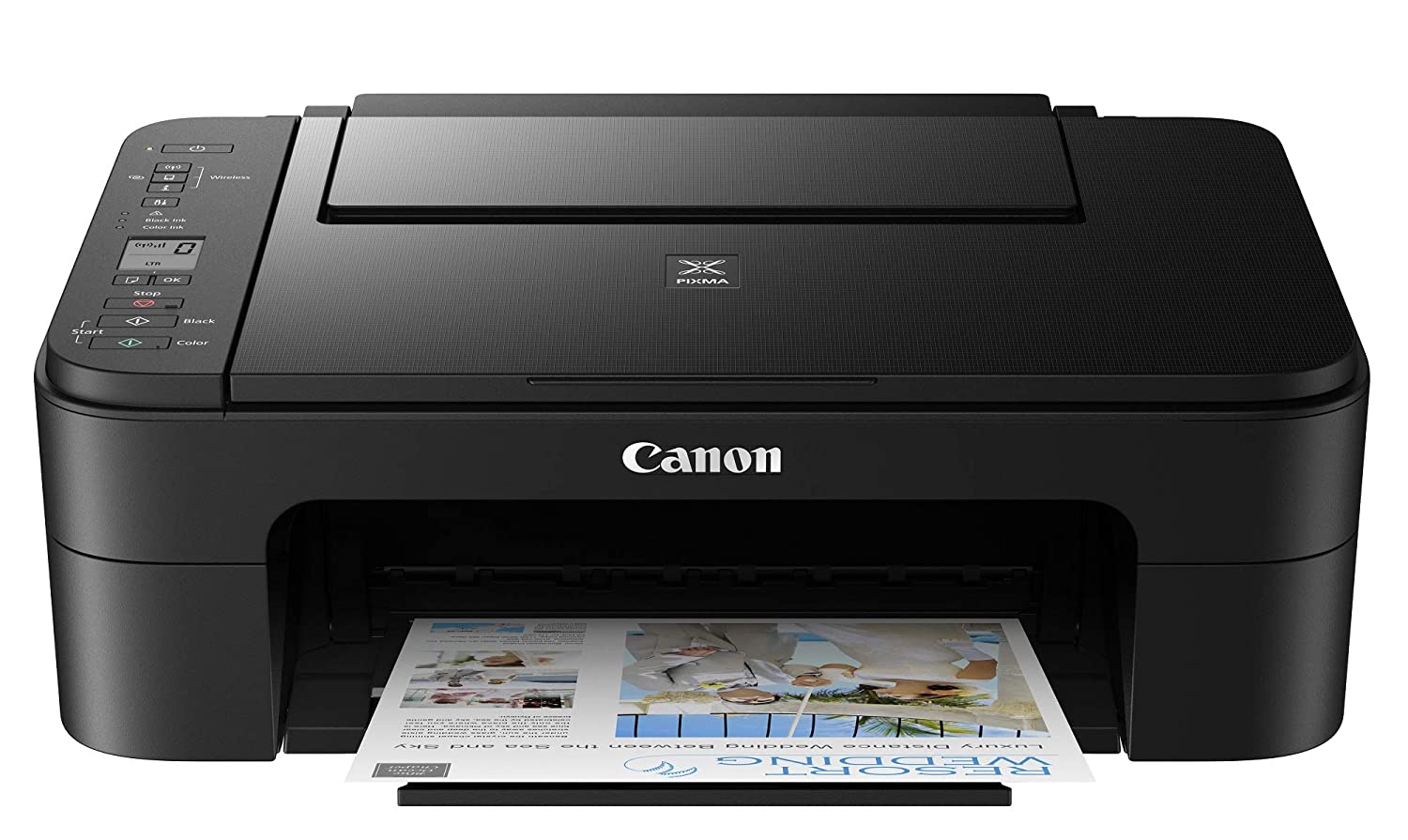What is Backup Error 0x80070002?
Error 0x80070002 shows once you’re done backing up files through the Windows Backup program on a system running Windows 7, you see a notification that pops up with a message that reads something like:
“Check your backup results.
The backup completed but some files were skipped.”
You try finding out the reason and you hover over to the Options button beside the message, then you get to read the following lines:
“Check your backup results.
The backup completed but some files were skipped. View skipped files.”
Upon clicking the “View Skipped Files” option, the backup error 0x80070002 pops up on your screen and you’re left scratching your head, wondering what you’re going to do now.
Solution
 Error Causes
Error Causes
There are multiple error logs that you will encounter in backup error 0x80070002 as per different conditions. The two most common cases in which this error shows up are stated below:
Case 1
You will see the following message when you press “View skipped files”:
“Backup encountered a problem while backing up file C: Windows/System32/config/systemprofile. Error: (The system cannot find the file specified. (0x80070002))”
You will face this case if you have backed up a library that included custom folders that were located in your user profile.
Case 2
Upon pressing “View Skipped files” you will encounter the below-mentioned messages:
“Backup encountered a problem while backing up file C:/Users<User>AppDataLocalLow. Error: (The system cannot find the file specified. (0x80070002))”
“Backup encountered a problem while backing up file C:/Users<User>Contacts. Error: (The system cannot find the file specified. (0x80070002))”
“Backup encountered a problem while backing up file C:/Users<User>Searches. Error:(The system cannot find the file specified. (0x80070002))”
You are likely to encounter any of these messages in case:
- The Windows Backup program is trying to back up your files in either one or all of these folders (LocalLow, Searches, Contacts).
- All three of these folders don’t exist in your system.
Keep in mind that all three of these folders exist due to the installation of certain programs and applications on your system.
Notes
The backup error 0x80070002 is also found to occur while using USB devices instead of storage devices. Other occurrences include the times when input/output (I/O) operations are performed on the USB device, which results in failure.
Further Information and Manual Repair
To make sure this issue is resolved, you will have to follow either one of the following solutions as appropriate to your situation:
Solution for Case 1
- Ignore the error. The store files of the custom library in your user profile will not be created as backups.
- Transfer the library folder from where it currently exists to a place outside its current folder (user profile). For instance, you can move the library folder to an entirely new destination such as “C: My Folders”
- Remove the library folder from the list of files that you are backing up using the Windows Backup program. Then, add the original place of the library’s content in the list.
- Go back and check step two. If carried out successfully then add a link to the folder you moved from the library. Check to see if the backup includes the library folder. To make sure, you have to do as follows:
- Go to Start and select your username.
- Hover across to the folder you wish to move, right-click on it and select “Cut”.
- Head to the navigation pane and search for the area you will store the folder in, right-click and select “Paste” so that the folder is moved to that location.
- Right-click on the folder that you just moved and select “Copy”.
- Go back to Start, select your username, right-click any vacant space in your folder and select “Paste Shortcut”.
Note: If you want to store the folder in a different place other than the folder in which it currently exists (user profile), you will need to create a new folder. In order to do so, go to the Windows Explorer menu and look up the root of the drive.
Hit “New Folder” and then choose edit to change its name. You can set it as any name for instance, “My Folders”.
Solution for Case 2
You can ignore this error safely. However, if you wish not to see this error in the future during your backup operations then you will need to carry out the following steps:
- Create all the folders listed in the error message including LocalLow, Contacts, and Searches.
- Remove all of these folders from the Backup settings to make sure they aren’t being backed up then add the folders which are in their original place. To carry out this procedure, you will have to follow the below-mentioned steps:
- Head over to the Control Panel and open “Backup & Restore”.
- Go to the Backup section and select “Change Settings”.
- Click Next in the Setup backup dialog box.
- Select “Let me choose” in the dialog box termed “What do you want to back up” then proceed by clicking Next.
- Expand Data Files, expand <user> Libraries, expand Additional Locations then proceed by clearing out the AppData Folder, searches, and Contacts checkboxes.
- Expand Computer as well as the item for your system drive (expand Local Disk (D:)), expand users, expand <user>, then go to AppData, Searches and Contacts and mark them if they are present.
- Proceed by clicking next and select “Save Settings” then exit.
- Back to Backup & Restore, select Back up now and your new backup will begin proceeding. The entire process will be complete without any errors now.

 Update Windows 11
Update Windows 11
